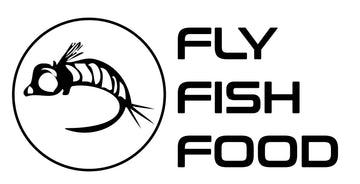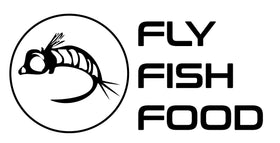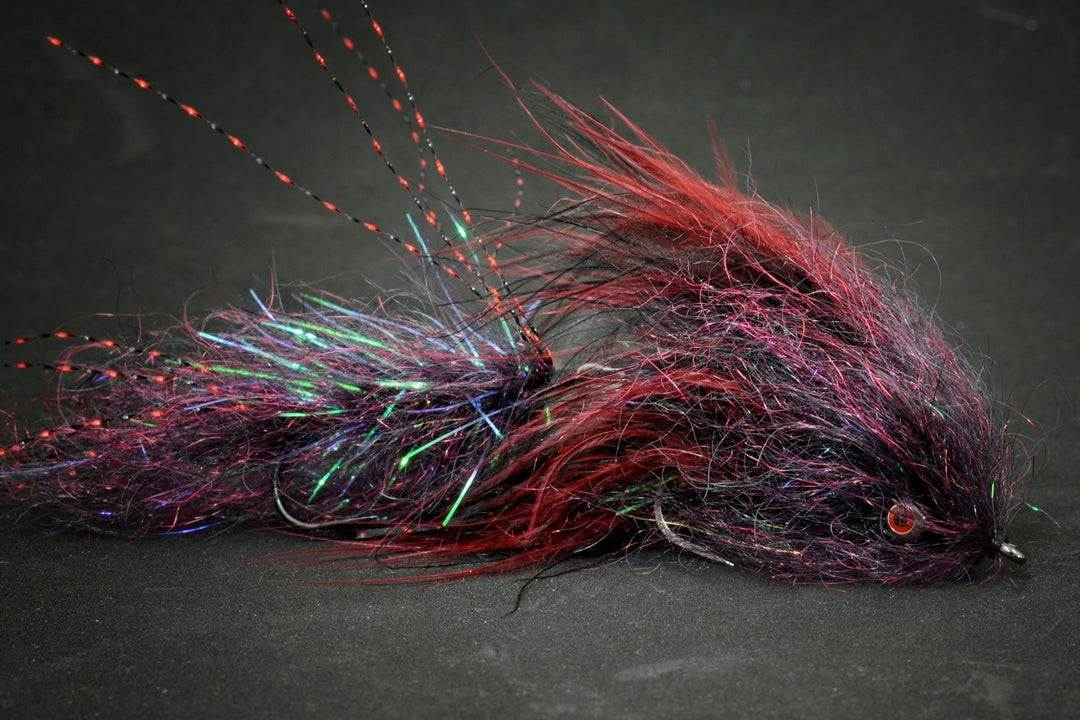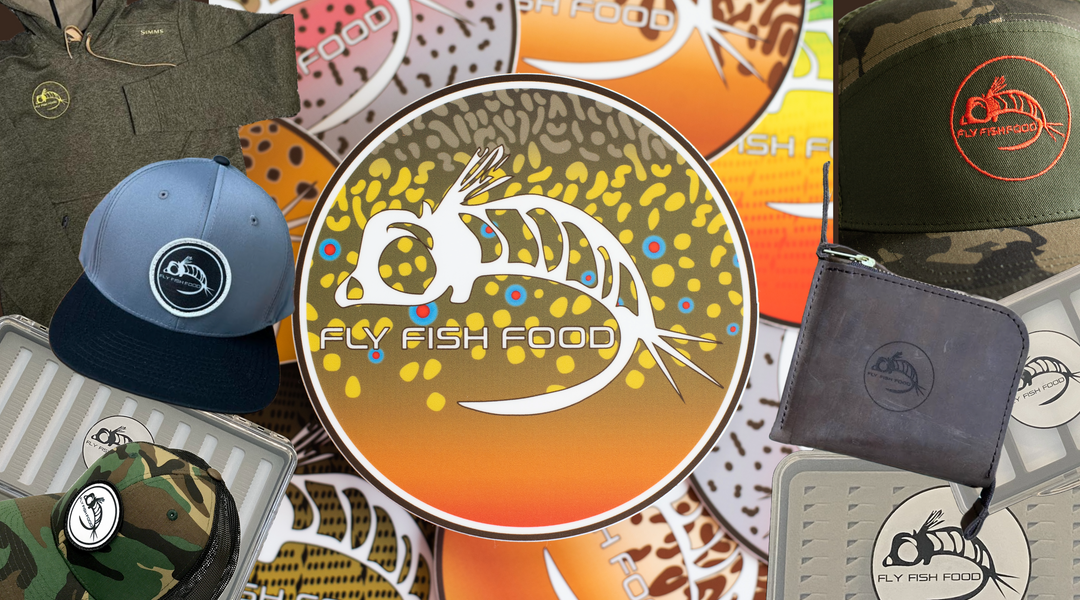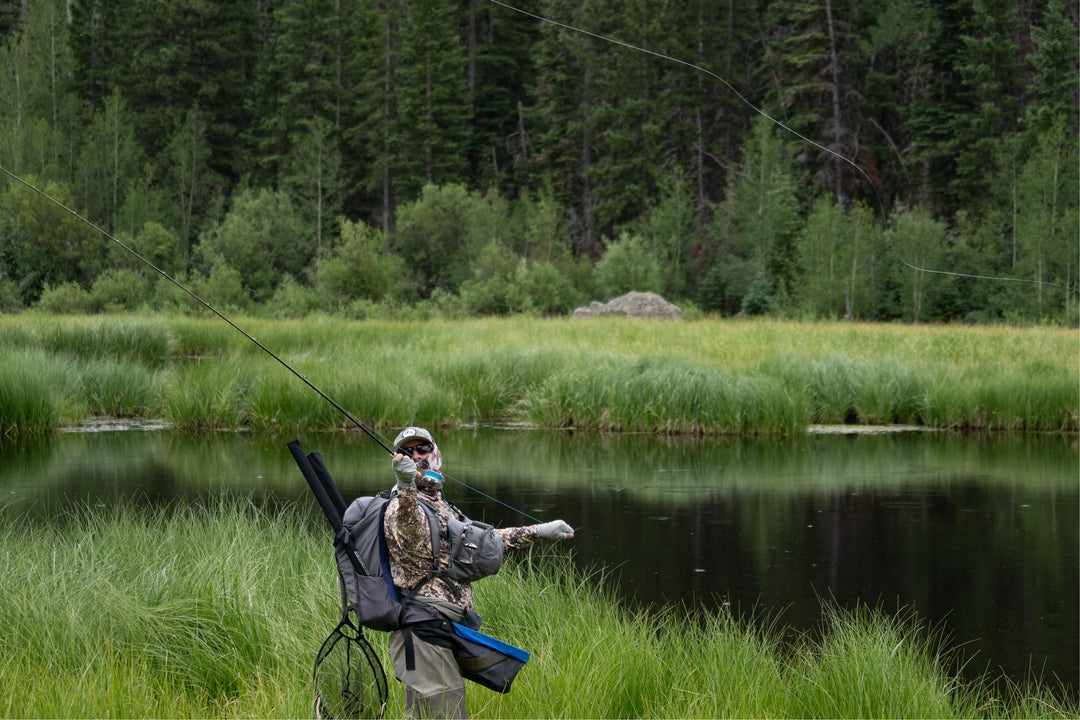Project Cicada
Curtis Fry - June, 2016

Ihad a friend ask the other day "why retool or re-design a Cicada pattern when you have a good one already in the 'Sickada'?". I guess I rarely look at any pattern without thinking of how I can improve or change it -- sometimes just for given conditions or purposes and other times...just because I can. So earlier this spring, after a long tying session whipping up a bunch of Project Hoppers, a few ideas and techniques there carried over to improving an already good Sickada pattern. So rather than just revamp what we had before, I wanted to give this pattern more of the "Project" moniker because it's indeed been a longer term project fly.
Some of the bigger differences are the technique to make the body (much easier now) and using the heated-foam technique for shaping the body a bit more realistically. The overall profile and wing method is relatively unchanged, although we throw in some para-post wing material to aid flotation and keep the fly balanced.
As a far as design goes, the first version of this pattern sported cow elk wing and a foam indicator, but I found that once the wing became water-logged, the fly had a tendency to turn on its side every once in a while. And while that didn't cause many rejections, from what I saw, I wanted it to land right-side-up more consistently. (As a side-note here, there are some that say an upside-down Cicada style pattern is still just as effective because the bugs often land that way on the water. Something to consider).
So in order to keep the CG (that's center of gravity for you non-nerds) more in line with the hook weight and dimensions, I swapped out the foam and deer hair for two colors of parapost wing material. And speaking of hooks, that's one of the key elements of any bigger foam pattern. You need a hook with a big enough gap to accommodate a bit of foam "belly" on the pattern, while being heavy enough to offset the weight of the materials but not be so heavy that the fly sinks. We searched and tested with many different hook types. We'll recommend the two listed below from Partridge and Gamakatsu respectively to be some of the better choices for terrestrial or big foam fly hooks.
Also, one other change we made here was to scale back the brightness of the orange color. Our buddy Colby, a guide on the Green River in Utah, had sent a few photo and video samples of bugs along with what we also concluded to be a recommendation to tone down the orange a bit. So we went with a more subdued color scheme here.
And finally, as we normally do, the pattern was submitted to some pretty hefty field-testing and
scored really well. In fact, I was surprised to see how many fish would reject a hopper pattern but yet move several feet (and in one case a full eat-and-a-miss only to circle back around) to eat this pattern. And this was in conditions where not many cicadas were actually out and about.
Plus it's a fun pattern to tie.
